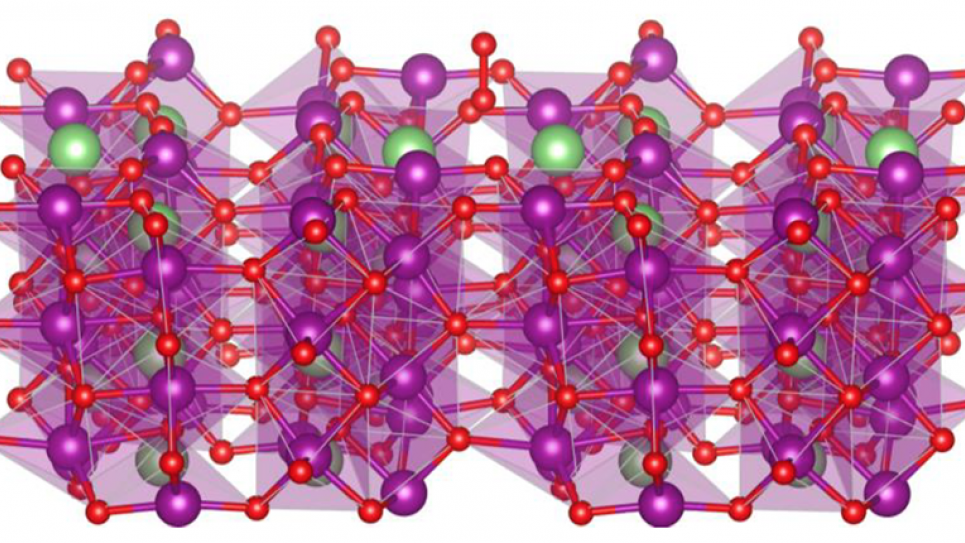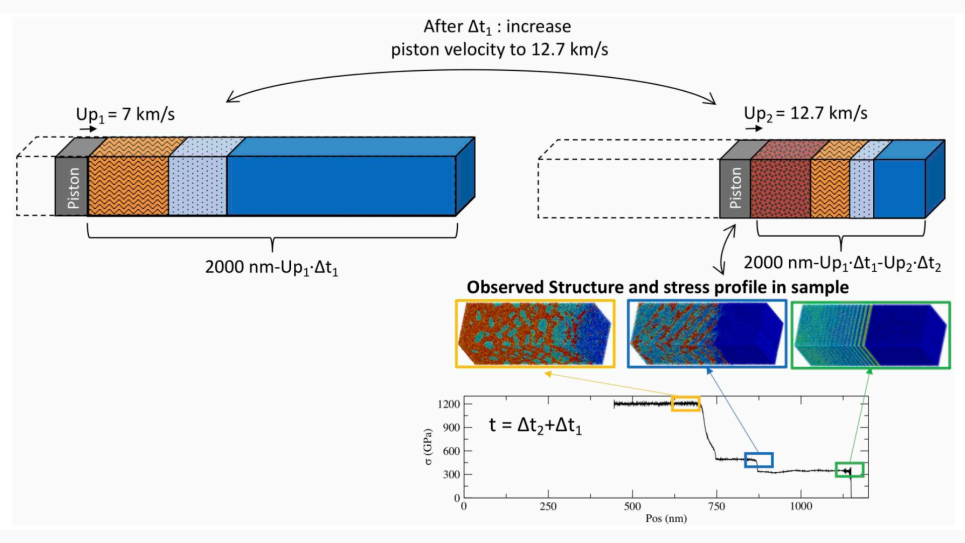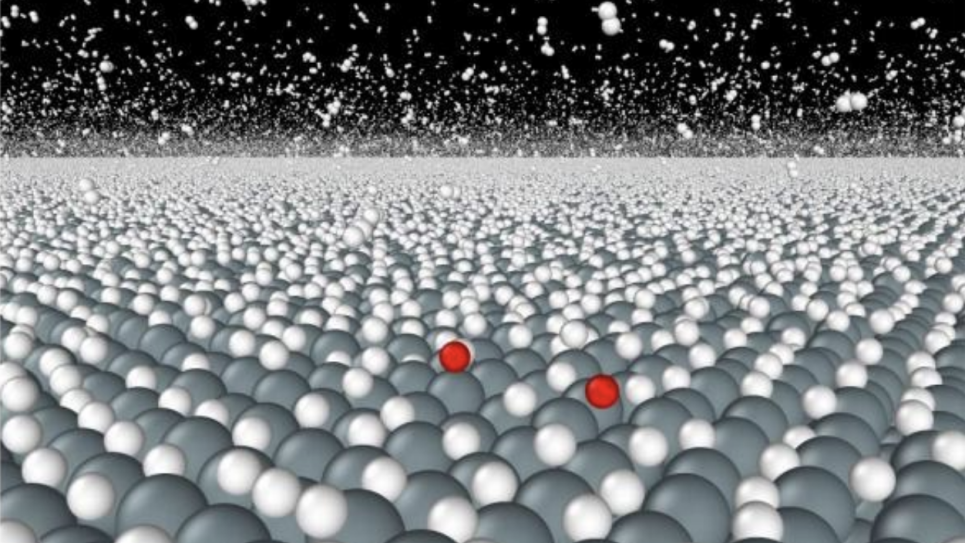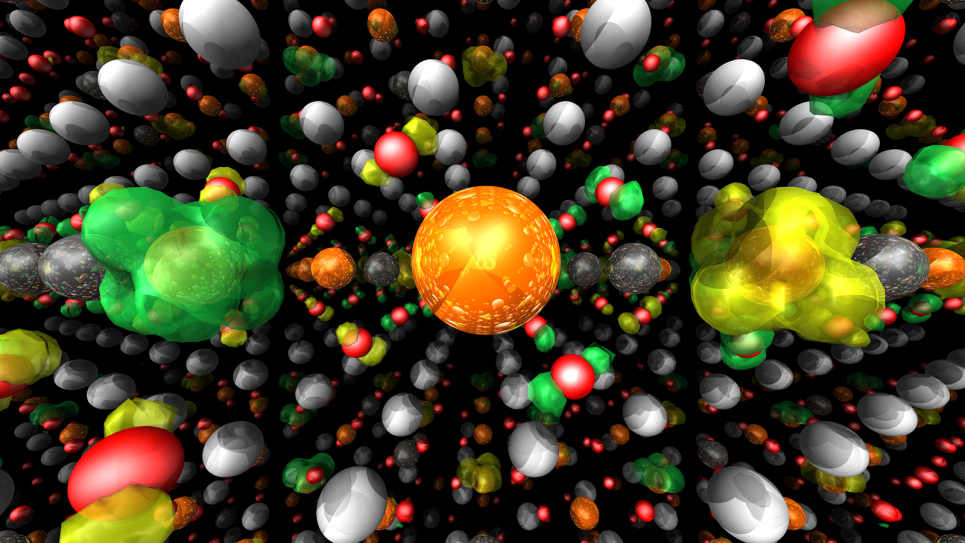
Combining High Accuracy Electronic Structure Methods to Study Surface Reactions
The goals of this project are to push the accuracy and scalability frontiers on the quantum mechanical calculation of realistic materials, and advance renewable energy technologies by studying surface reactions on transition metal oxides. Molecular reactions on these surfaces are pertinent for high-capacity energy storage, as well as photocatalytic carbon dioxide reduction, which has the potential to turn sunlight directly into fuel.
Using highly accurate Quantum Monte Carlo (QMC) calculations with a new approach for scalable multi-configurational wave function determination—the variational subspace valence bond (VSVB) method—researchers aim to study energies relevant to key molecular reactions on the surfaces of several important systems for renewable energy applications. These systems include lithium-iron-oxides, lithium-manganese oxides, and cuprous oxide.
Both QMC and VSVB are highly parallel and well-suited to execution on the latest supercomputers. In this case, Mira is needed to expedite the investigation of cluster models for crystalline systems that are comprised of hundreds of atoms.
The results of this research will help evaluate approaches used to perform first-principles calculations and inform the choice of future techniques. The knowledge gained from these advanced approaches will deepen understanding of surface reactions on key materials that could lead to more efficient energy storage and energy conversion, and reduce dependency on fossil fuels for transportation and other energy needs.


